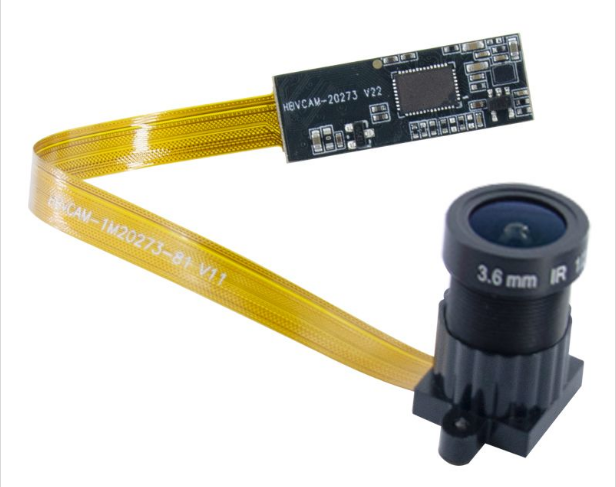Camera Module Maintenance and Troubleshooting Tips
Cameras have become an integral part of our lives, capturing cherished memories and enabling us to express our creativity. Whether you're using a digital camera, a smartphone, or a webcam, proper maintenance and troubleshooting are essential to ensure optimal performance and the longevity of your camera module. In this comprehensive guide, we will walk you through a range of maintenance practices and troubleshooting techniques to keep your camera module in top-notch condition.
1. Cleaning for Clear Captures
Maintaining Lens Clarity
The lens is the window to the world for your camera module. Regular cleaning is paramount to ensure your photos and videos remain crisp and devoid of unwanted artifacts. Use a microfiber cloth to gently remove smudges, fingerprints, and dust from the lens. For stubborn dirt, lightly dampen the cloth with a small amount of lens cleaning solution designed for camera lenses. Avoid using abrasive materials that could scratch the lens.
Sensor Cleaning
For interchangeable lens cameras and digital SLRs, sensor cleanliness is critical. Dust particles can accumulate on the sensor over time, resulting in unsightly spots on your images. Many cameras have a sensor cleaning function that shakes off loose debris. For a more thorough cleaning, consider using specialized sensor cleaning kits that include swabs and cleaning solutions. If you're not comfortable doing this yourself, seek professional cleaning services to avoid damaging the sensor.
2. Battery and Power Management
Optimizing Battery Life
Whether you're shooting with a dedicated camera or a smartphone, battery life is a concern. To maximize battery longevity, avoid overcharging and discharging your batteries completely. Lithium-ion batteries, commonly used in cameras, perform best when kept between 20% and 80% charge. If you won't be using your camera for an extended period, partially charge the battery before storage.
Backup Power Source
When going on extended shooting sessions, carry spare batteries or a portable power bank to ensure you don't run out of power. Cold weather can affect battery performance, so keep your camera and spare batteries insulated in a jacket pocket when not in use.
3. Handling and Storage
Proper Storage
When not in use, store your camera in a dry, cool place. Avoid leaving it in direct sunlight or humid environments. Using a camera bag with adequate padding provides protection against accidental bumps and drops.
Lens Caps and Covers
Always use lens caps or covers to safeguard your lens from dust, scratches, and moisture. Lens hoods also serve as physical barriers, preventing unwanted glare and lens flare.
4. Troubleshooting Common Issues
Blurred Images
Blurred images can be the result of camera shake or incorrect focus. To mitigate camera shake, use a tripod or stabilize your camera against a steady surface. Ensure your autofocus settings are accurate and consider manual focus for precise control.
Overexposure or Underexposure
Incorrect exposure settings can lead to overexposed (too bright) or underexposed (too dark) images. Learn about your camera's exposure modes, such as aperture priority, shutter priority, and manual mode, to gain control over exposure settings.
Connectivity Issues
For webcams and smartphone cameras, connectivity problems can arise. Ensure your camera drivers or apps are up-to-date. If using a webcam, check USB connections or consider using a different USB port.
Conclusion
Regular camera module maintenance is key to capturing stunning visuals and preserving the functionality of your camera. By following these maintenance practices and troubleshooting tips, you can enjoy seamless photography experiences and prolong the life of your camera module. Remember, a well-maintained camera is a gateway to capturing the world's beauty in all its glory.
If you want to read more information about USB camera module or camera-related tips, just visit --> [The Insider's Views](https://www.hbvcamera.com/contact-us/)


评论
发表评论